2025 Meeting Schedule
Memorial Day Observance
Our service flags for each branch of the armed services will be placed on
Memory Lane
(Northwest corner of W. North Broadway and Milton Avenue)
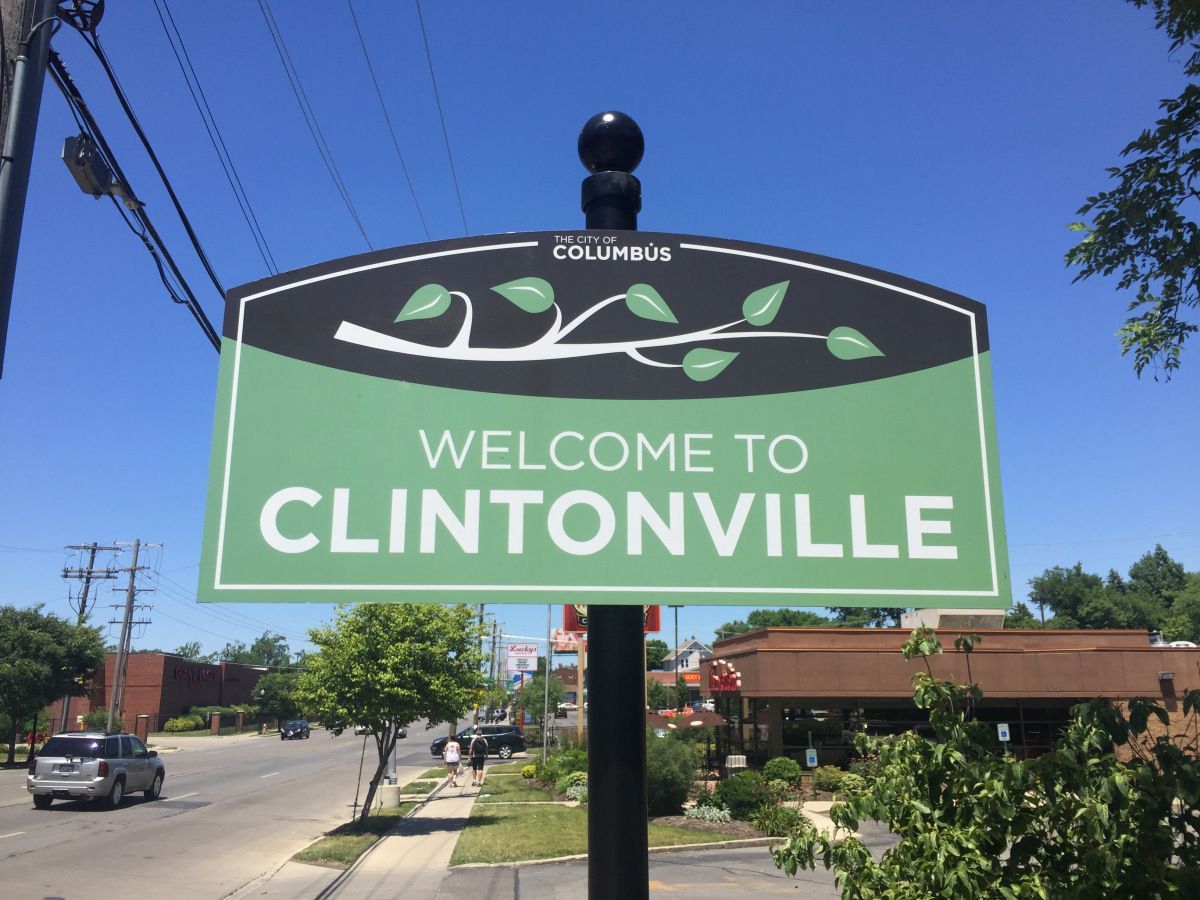
ART HISTORY
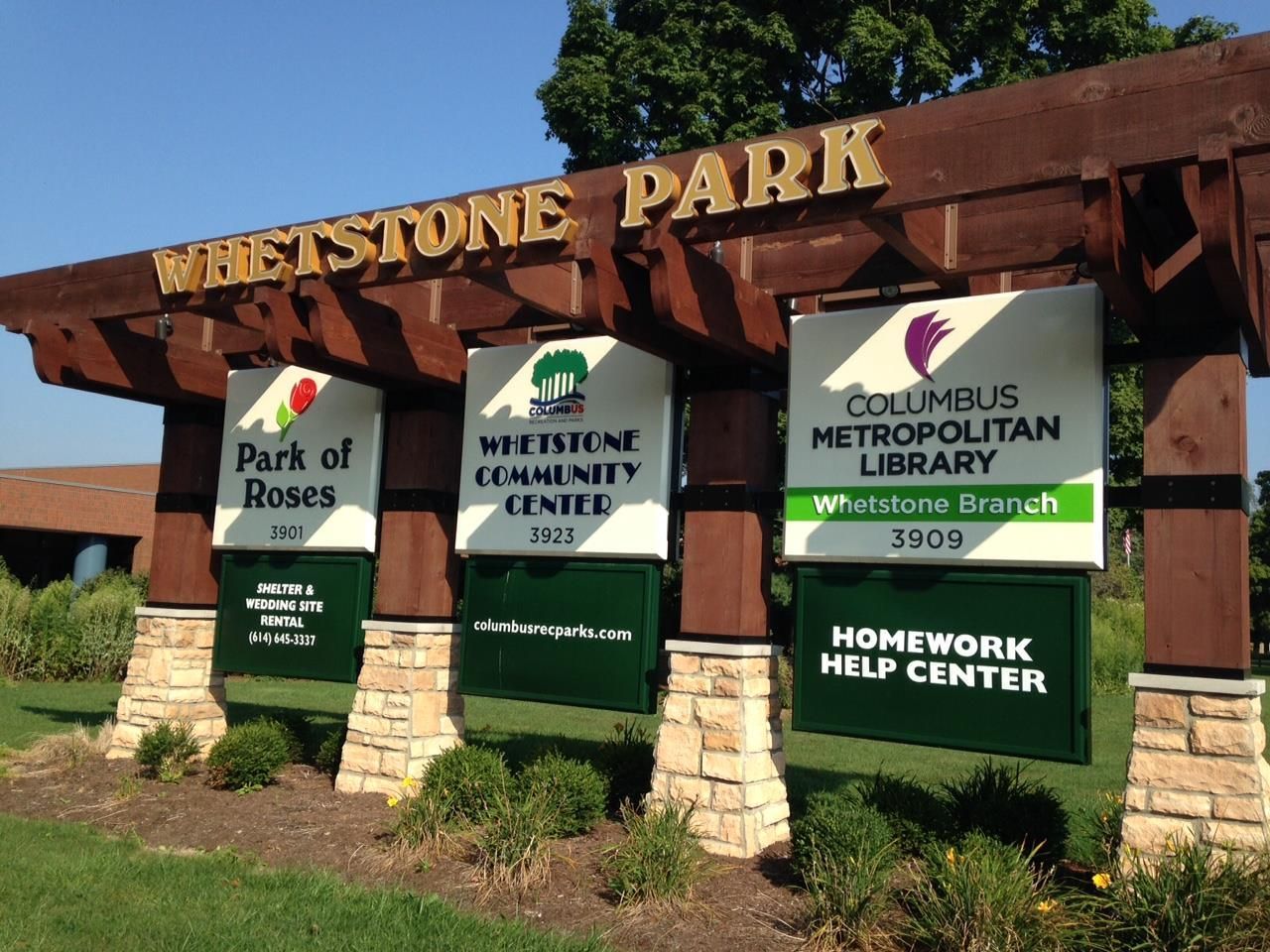
OTHER POINTS OF INTEREST
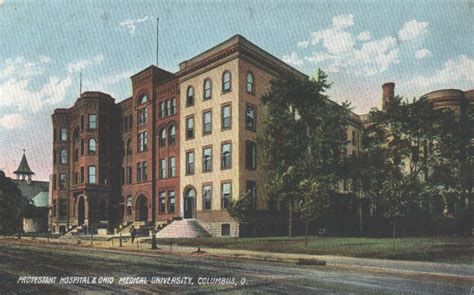
HEALTH CARE HISTORY
Residents of Clintonville likely relied on medical facilities in downtown Columbus, like White Cross Hospital, for most of the area's history
Around 1909, Dr. Harry Burbacher, a graduate of Starling Medical College (now part of OSU), set up a practice in Clintonville. This might have provided some local medical care, though not a full-fledged hospital
Fortunately, Clintonville residents now have easy access to two renowned hospitals: The Ohio State University Wexner Medical Center and Riverside Methodist Hospital, both located close by in Columbus.
MORE - CLICK HERE

TRANSPORTATION HISTORY
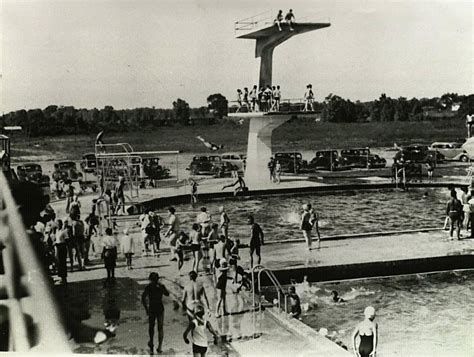
SWIMMING HISTORY
Early Swimming (Pre-1880):
The Olentangy River was a natural swimming spot for residents before the development of formal swimming areas.
Olentangy Park Era (1880-1937):
1880s: Robert M. Turner establishes a picnic ground and swimming area on the Olentangy River, later named Olentangy Park.
1896: The park gains popularity and becomes a major destination.
1899: The Dussenbury brothers take ownership and construct a swimming pool, touted as one of the largest in the world at the time.
The park thrives for decades, offering swimming alongside other attractions like roller coasters and a theater.
Post-Olentangy Park (1938-Present):
1938: Olentangy Park closes, and the land is redeveloped into the Olentangy Village apartment complex.
1938: Olympic Beach (later renamed Olympic Swim Club) opens, becoming a new center for swimming in Clintonville.
1970s-1980s: The Ohio State University swimming and diving teams train at the Olympic Swim Club.
2014: The Olympic Swim Club closes.
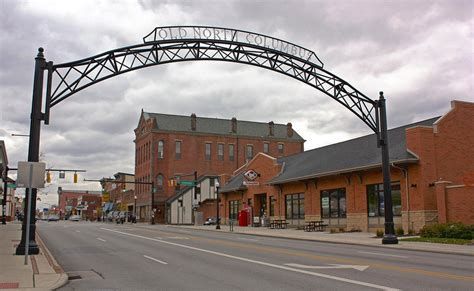
DINING HISTORY
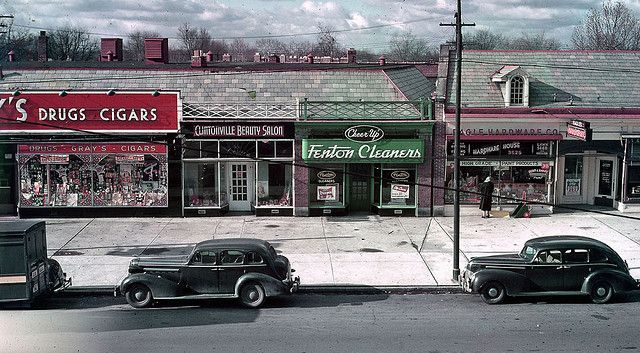
SHOPS
Clintonville's shopping scene reflects its transformation from a rural area to a bustling neighborhood. Early on, residents relied on traveling merchants or heading downtown. The arrival of the streetcar in the late 1800s and early 1900s was a game-changer. It allowed businesses to flourish along High Street, the neighborhood's main commercial strip. This period saw local shops like barber shops, bakeries, and grocery stores like A&P catering to residents' daily needs.
Post-war Clintonville witnessed the rise of dedicated shopping centers like Graceland Shopping Center, known for its intriguing history.

TOURS
Clintonville's history stretches back much further than its incorporation as a city in 1887.
Evidence of Native American settlements date back thousands of years, with Adena mounds being found in the area . The first European settlers arrived in the mid-1800s. Norman and Lydia Clinton, from Vermont, purchased 1200 acres of land in 1855 and established a sawmill, which gave the area its name . Their son, U.P. Clinton, became the first postmaster and opened the first store.

